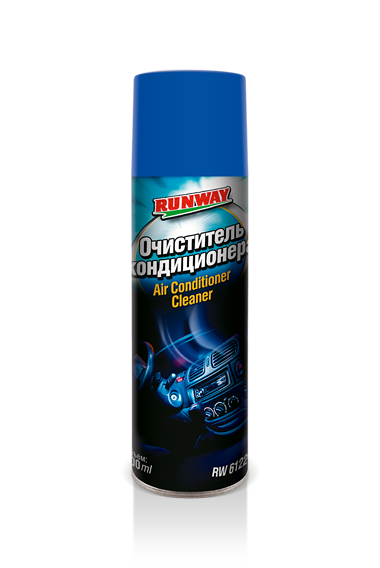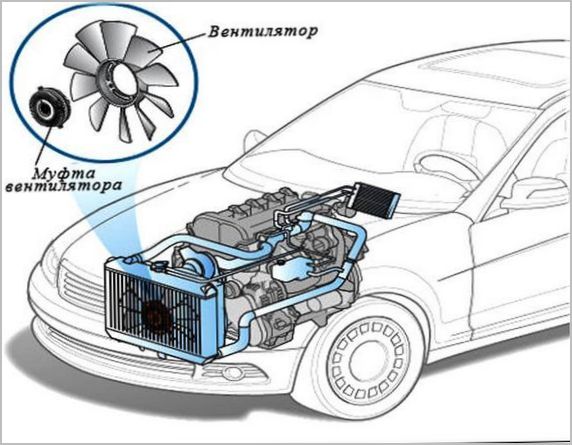
Description antifreeze G11, G12 and G13
The technical liquids used to cool the car engine are called antifreezes. All of them have a very low freezing point and are used in the car's cooling system. It should be borne in mind that they are similar in composition, but there are some nuances in the technology of their manufacture, different countries have developed their own specifications for coolants. The most popular antifreezes of the Volkswagen G11, G12 and G13 auto concern. We will analyze in more detail the characteristics and application of these fluids and their competent use in order to protect the car as much as possible from unforeseen breakdowns.
Types of antifreeze category G
All antifreezes contain approximately 90% ethylene glycol or propylene glycol. They also add about 7% additives and substances with anti-foam and anti-cavitation properties. Additives have completely different chemical bases. Some are made from salts of inorganic acids, such as silicates, nitrites, phosphates. Others, according to their chemical composition, consist of organic and carboxylic acids. Also, in the modern world, additives from a mixture of salts of organic and inorganic acids have appeared. To determine the differences between themselves, they were divided into four types: traditional, carboxylate, hybrid, lobrid.
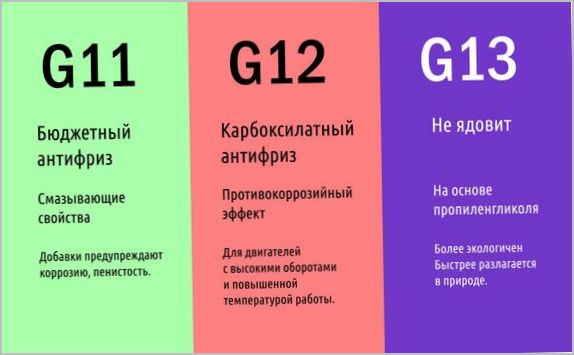
Since the introduction of the first G11 antifreeze from Volkswagen in 1984, technology has stepped forward, thanks to this, the G12 antifreeze brand appeared and in 2012, thanks to the fight for the environment, G13 antifreeze was released from environmentally friendly products.
The first G11 antifreeze, like Tosol, belongs to traditional antifreezes. They use inorganic compounds as additives: silicates, phosphates, borates, nitrites, nitrates, amines, which form a protective layer and prevent corrosion. The protective film that it forms tends to crumble over time, turning into a hard abrasive that clogs the fluid channels and leads to damage to the radiator or pump. The shelf life of these liquids is not long, they serve no more than two, three years. The protective layer that they form impairs heat transfer, which leads to a violation of the temperature balance, therefore, in 1996, the G12 brand appeared with additives from organic and carboxylic acids.

The principle of corrosion control in G12 antifreezes is based on the impact directly on the corrosive area. Additives from organic and carboxylic acids do not form a protective film on the surface of the system, but act directly on the focus that has arisen, which means that they do not protect the system, but only contribute to the treatment of an already formed problem. The service life of such antifreeze is from three to five years.
In G12 + antifreeze, manufacturers decided to eliminate the lack of engine protection and decided to combine the properties of silicate and carboxylate technologies, creating a hybrid mixture in which, in addition to carboxylic acids, about 5% of inorganic additives. Different countries use different ingredients: nitrites, phosphates or silicates.
In 2008, a class of antifreezes G12 ++ appeared, thanks to an improving formula, it combines all the advantages of organic and inorganic acids. Corrosion protection of the cooling system, engine walls, is much higher with it.
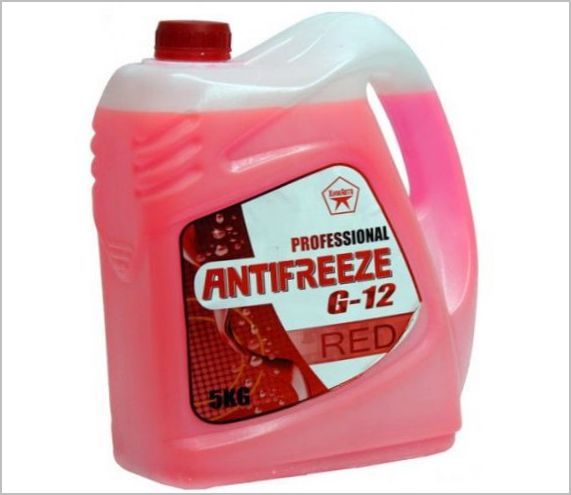
Technology moved forward and ethylene glycol coolants were replaced by propylene glycol coolants, on an environmentally friendly basis. Antifreeze G13, like G12 ++, belongs to the lobrid type, it contains propylene glycol alcohol and mineral additives, due to which they perform a lubricating and anti-corrosion function, do not crystallize under the influence of low temperatures and have a fairly high boiling point, do not adversely affect parts made of rubber and polymers.
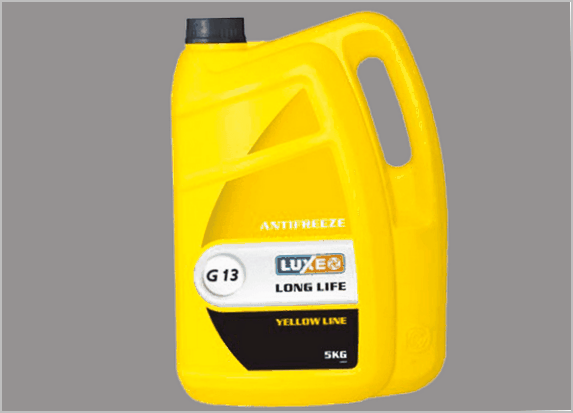
All types of antifreeze are painted in different colors, but even with the same color, from different manufacturers, the composition can vary significantly. The most common staining of traditional antifreezes is blue or green. Carboxylate have a red, orange or pink tint. New generation antifreezes, propylene glycol, are colored purple or yellow.
Mixing antifreezes, different types
To choose an antifreeze that is ideal in composition, you need to consider what materials the engine and radiator of your car are made of, since the additives included in the composition react differently with aluminum, brass or copper parts, you may need to replace the fluid as soon as possible, regardless of the period its suitability. Carefully read the specification for your car and choose antifreeze in accordance with the tolerance class indicated on the label.
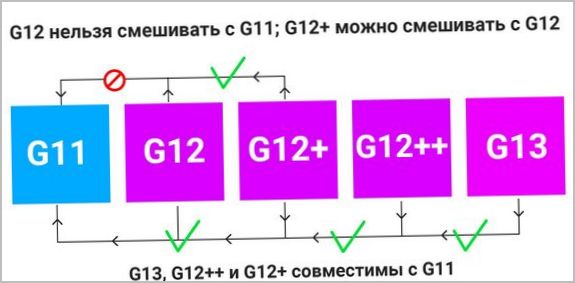
When adding antifreeze, you need to rely not on the color of the liquid, but on its marking, so as not to mix the different chemical elements contained in the additives.
Keep in mind that if you mix liquids of different composition, nothing bad may happen, but precipitation is possible, and the antifreeze will not cope with its main functions, as soon as possible a complete replacement will be required, and possibly not only the antifreeze itself.
